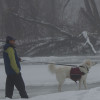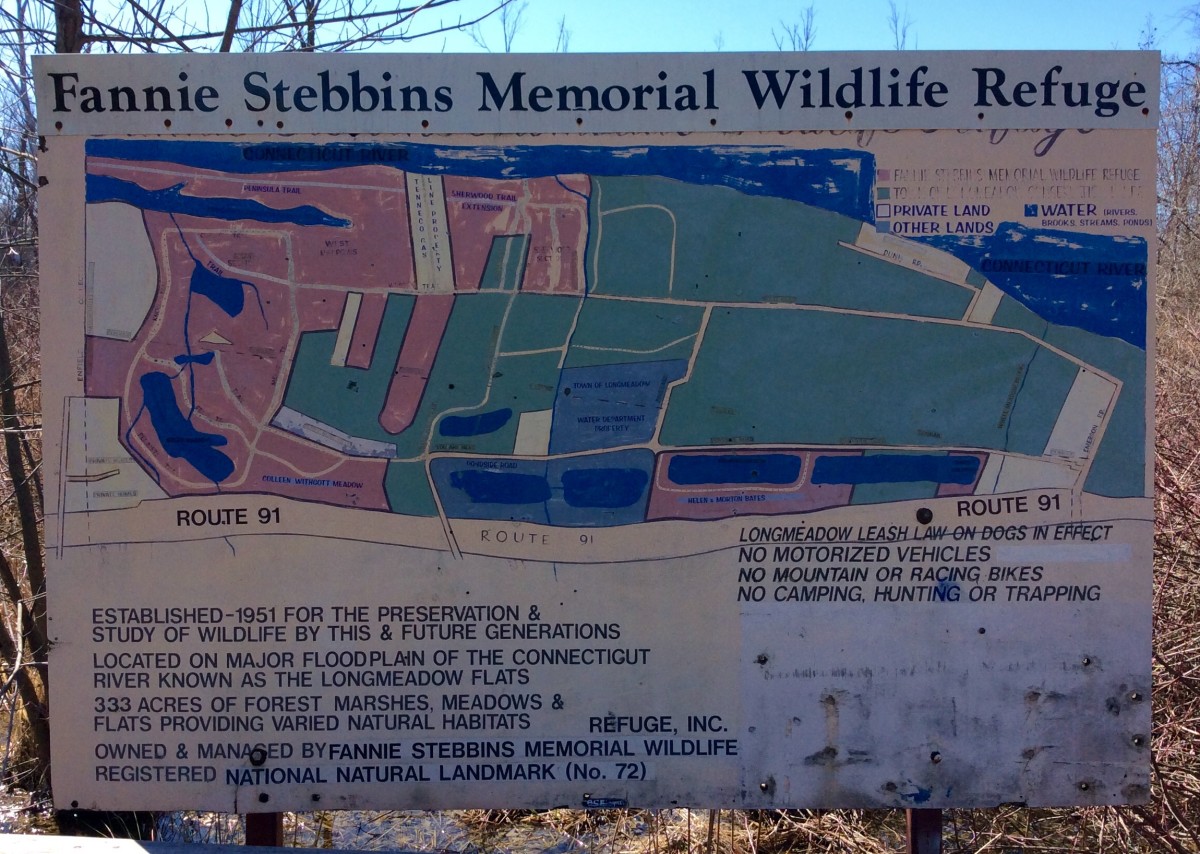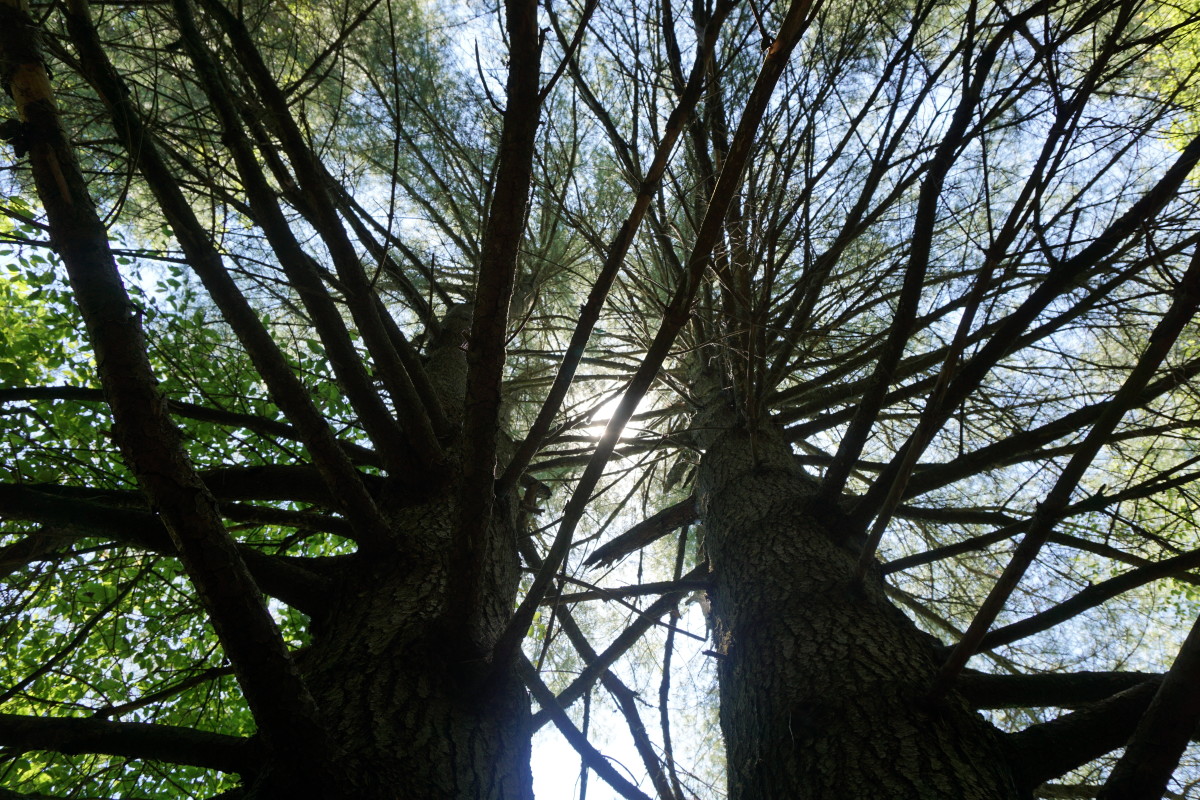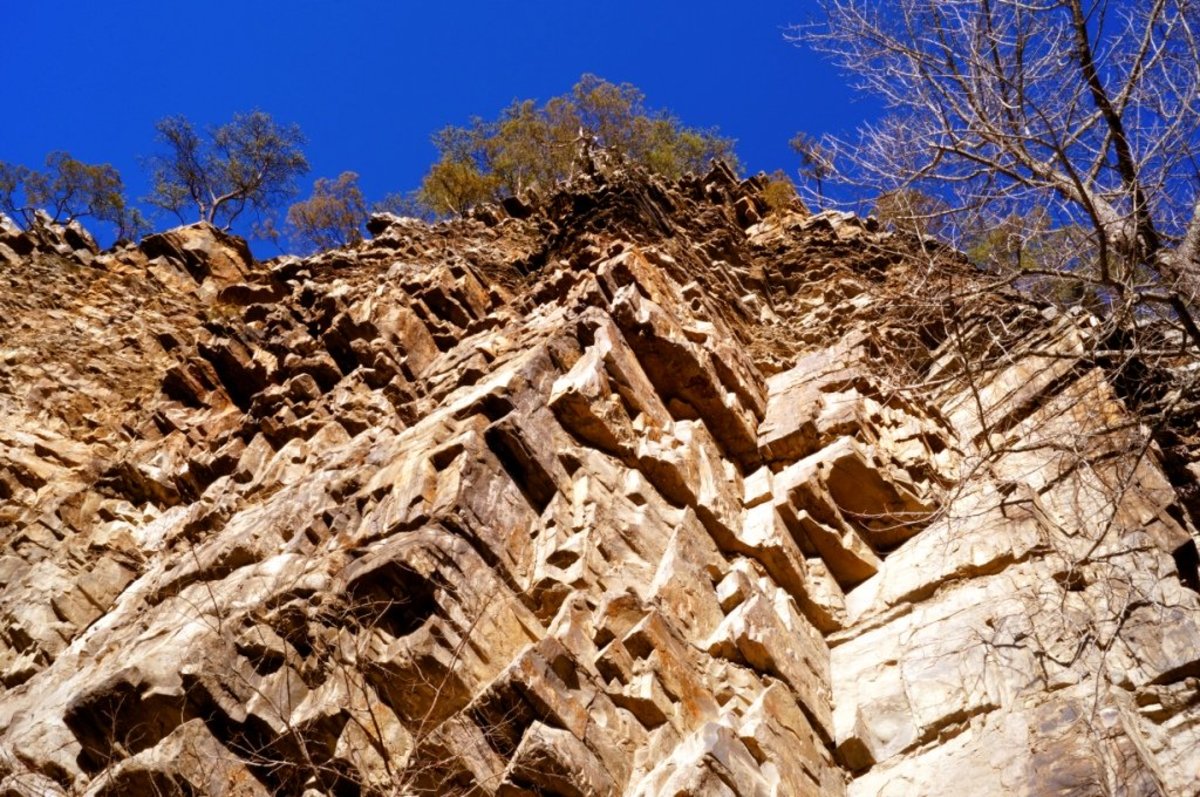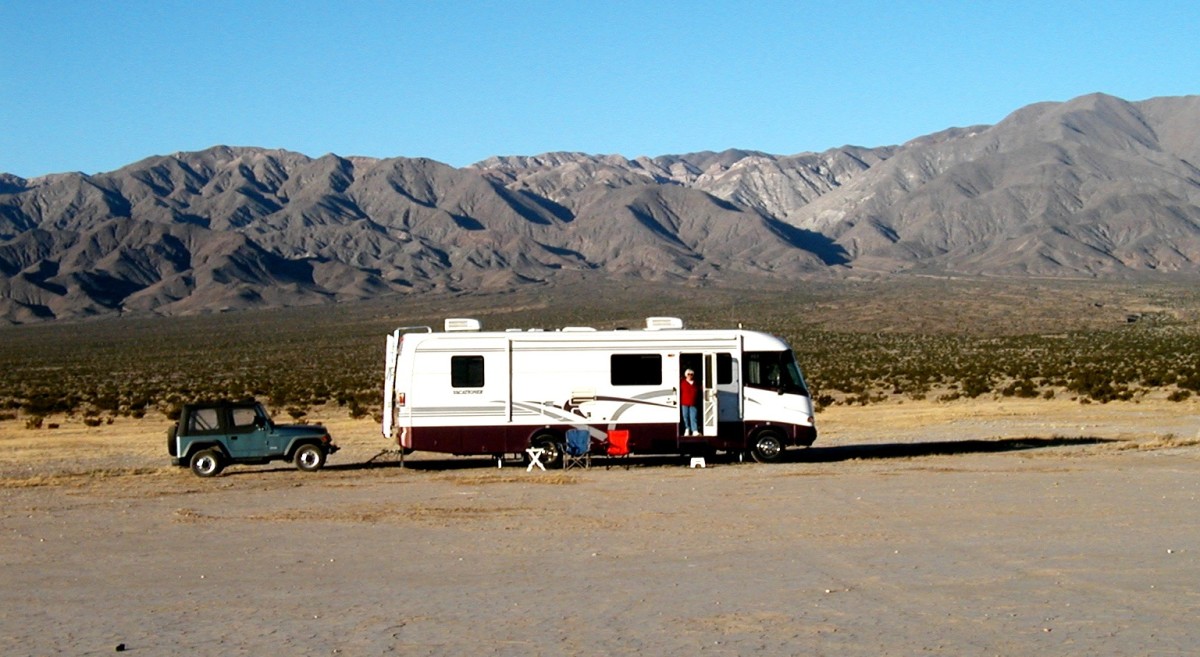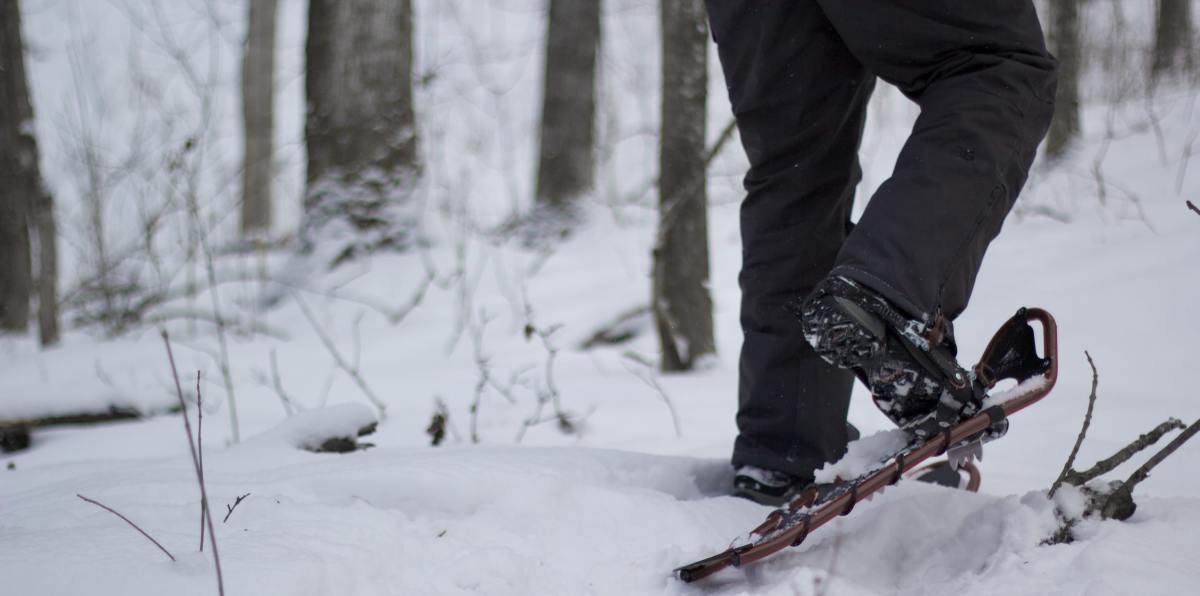Hiking with dog in summer - How to reconnect with nature
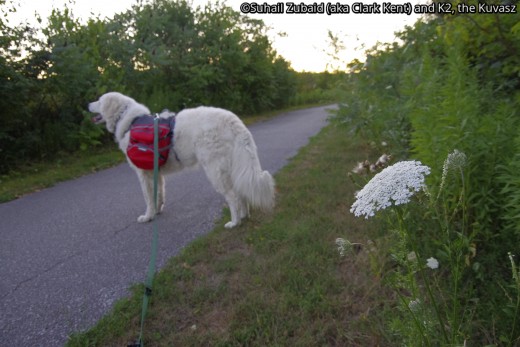
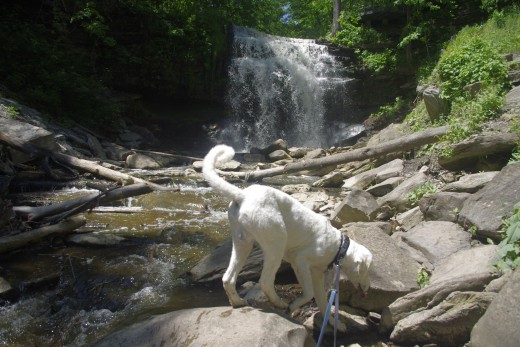
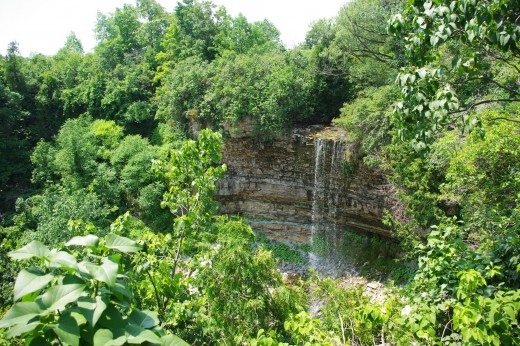
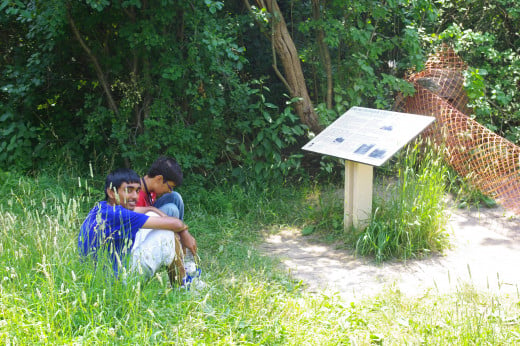
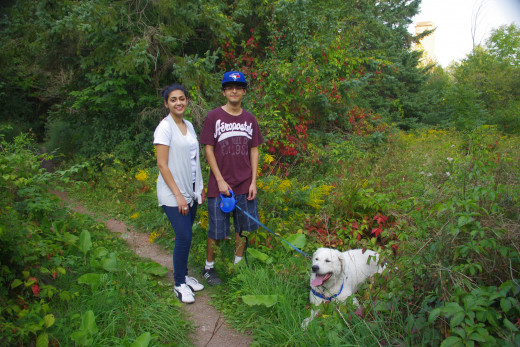
We were totally drenched in perspiration during the hike in a sweltering 36C (with a humidex of 41 C) on the Bruce Trail to reach the Borer's Fall. The dense foliage all along was adding to the humidity. Hiking on Bruce Trail had been a pleasure normally, especially for the variation in foliage all across its path. However, on this particular day, it was a total nightmare.
A small departure from the Bruce Trail took us to the head of the Borer’s Fall that we were trying to discover. We sat down here for a rest, preferring drinking fluids over some amazing shots of the fall and its surroundings.
The heat had taken a heavy toll on our spirits. My wife and I looked at K2, our Kuvasz boy, to see how he was faring in the sweltering heat. Needless to mention, he was panting too.
Our entourage comprising of 5 humans (including three teenagers) and a great white dog was hiking on the Bruce Trail near Hamilton, exploring many waterfalls that the region boasts of.
As a family, we love long-distance hiking, and generally, our Kuvasz boy loves it even more. What we have discovered is that with K2 along, we are not exploring for the sake of exploration alone. He has made us connect with nature at a micro level.
I am describing here, in anecdotal terms, our summer season experience with nature at a close range. You can try to have similar connection with the nature and / or peoples and their cultures, history, architecture, etc. during your summer travels.
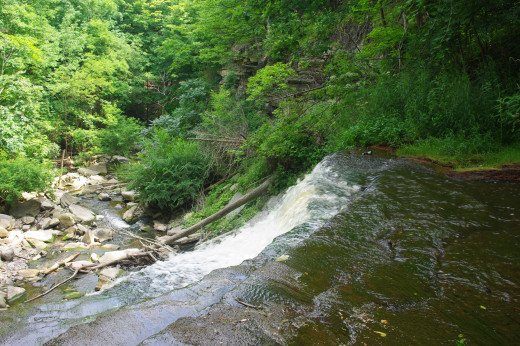
Observe commonly ignored features of the land
Hiking the Bruce Trail near Hamilton presents many waterfalls. We explored 12 of them in sizzling temperatures that made K2 sit in water in the downstream side of the falls to escape from it all.
Waterfalls are a characteristic of a terrain, primarily ‘U’ shaped valleys, carved out by glaciers. Indeed the Niagara Escarpment, with so many waterfalls, formed by what is today known as the Michigan Sea about 450 million years ago, was covered by a gigantic glacier about 2 million years ago.
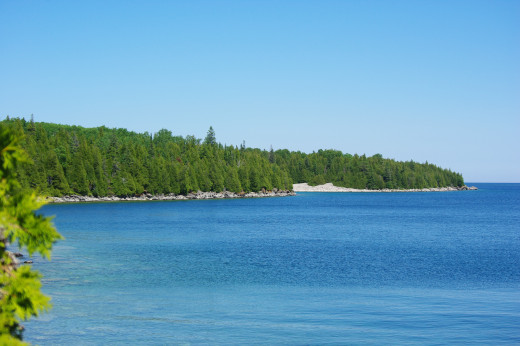
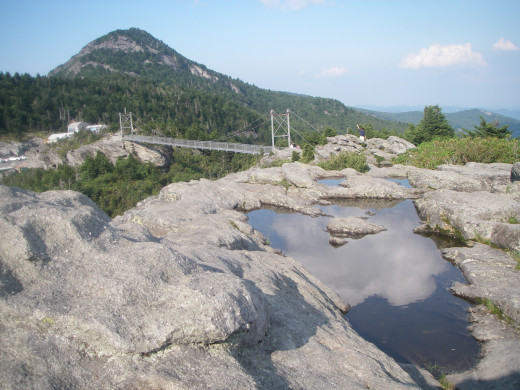
Mother Nature also offered contrasts in the landscape in which the waterfalls were located. Some waterfalls were located in rugged landscape characterized by huge rocks and boulders, while others were located against lush creek side forests.
Generally, the more rebellious the contrast, the more likable it gets.
We admired contrast provided by emerald green forests opening on a cobbled beach and then crystal clear waters of the Georgian Bay, by a thick forest opening on a marsh in Algonquin Provincial Park, by a narrow trail through a dense forest opening on to a ribbon waterfall, and rockpool on top of the Grandfather Mountain, North Carolina against the summit of the Grandmother Mountain in the background as in the picture on the right.
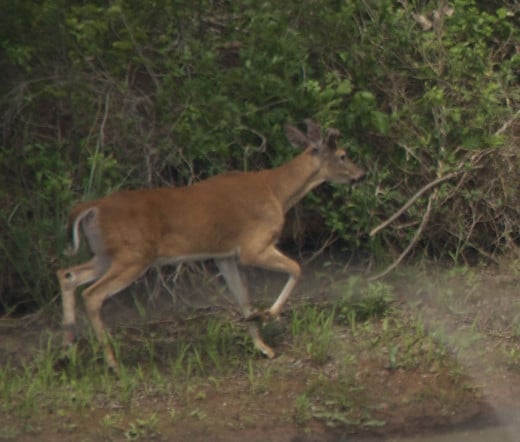
Observe commonly ignored features of wildlife
While hiking, we discovered how we created a ripple effect in the denizens of the forests of Terra Cotta Conservation Area. Noticing our approach, a blue jay scolded us in its shrilling almost gull like call, which scared a group of red striped blackbirds and common grackles on the fringe of the forest cover away. That had an impact on a herd of deer grazing in the background and we saw them taking to heels. A flock of geese honked alarmingly over the lake even farther away.
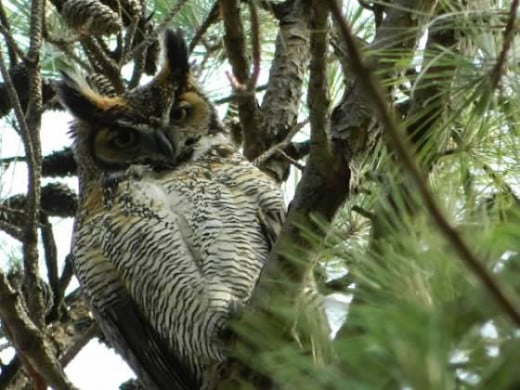
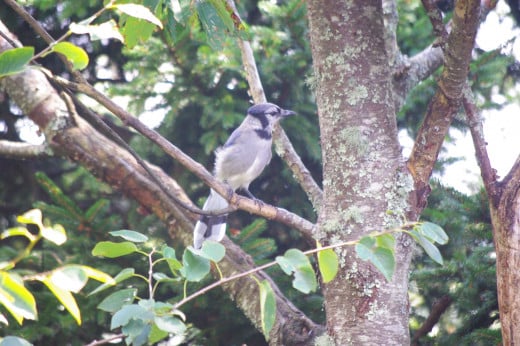
We found that in order to get closer to birds, talking in low tones is better than whispering. The latter is taken as a threatening hissing sound of a predator.
Yet some of the animals will form a temporary alliance to scare a predator away.
Once K2 and I were hiking in Meadowvale Conservation Area and we heard blue jays and crows uttering their characteristic alarm calls. This was followed by an eerie and disturbing shrill of another bird. K2 looked in the direction of a group of trees and then I saw a flock of blue jays and crows, in a tactical alliance, harassing a Great Horned Owl perched on a tree branch. Ultimately, the owl had to fly away with blue jays and crows in the chase.
And of course, sometimes, wildlife will be as curious about you as you are about them.
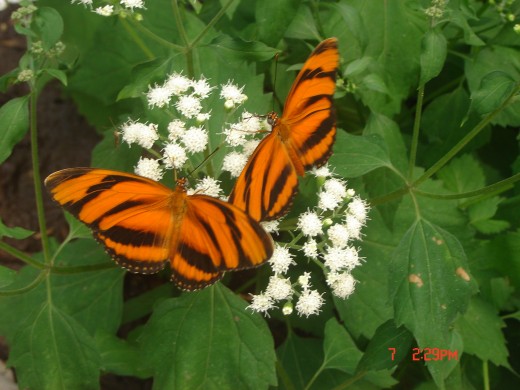
We observed butterflies alighting on white, yellow and red flowers and tasting the seeds through their legs.
On the other hand, moths always hovered underneath drooping violet flowers just like they do under a light bulb lit in the dark.
Humming birds are difficult to take pictures of because they constantly flutter in and out of the frame.
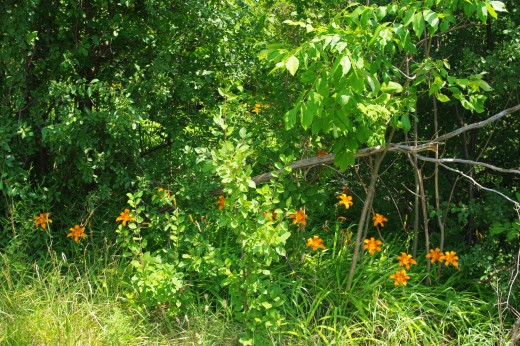
Observe commonly overlooked features of flora
Mother Nature rewarded us with the sights of wildflowers blossoming in the summer. We observed those flowers taking up every niche of the landscape available from worked up soils to the small cracks among the otherwise impervious rocks.
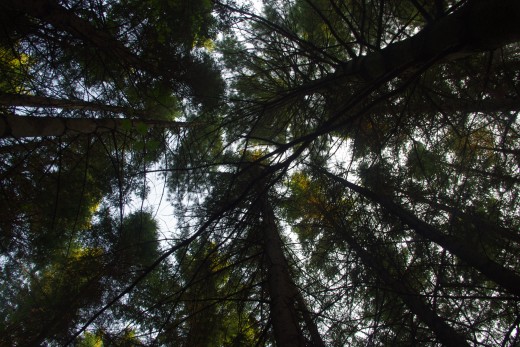
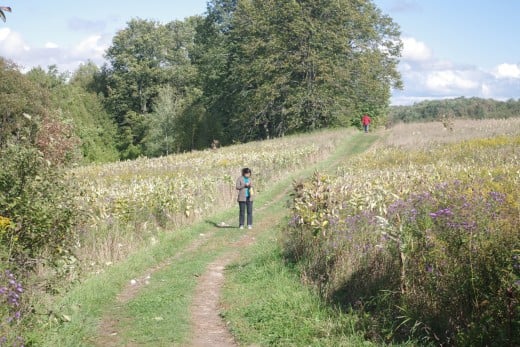
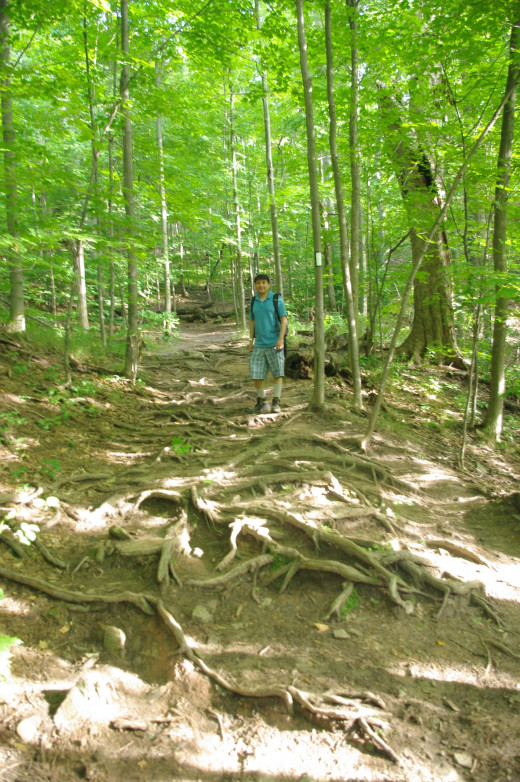
In the forests of Algonquin Provincial Park, the trees were competing for light, trying to get taller and taller and thinner and thinner. However, as soon as we entered a clearing, the first trees we saw in the open were thick and sprawling that K2 and us wanted to reach out to for taking protection of their shades from a scorching sun. By the way, this is nature’s norm – tall and thin trees in the forest, sprawling and thick
trees in the open.
Trees lack central nervous system, but they do achieve big things nevertheless. They do send messages to other trees in the neighbourhood through various chemical processes via their roots. If a commonly known disease hits one tree, it will broadcast the message to other trees in its neighbourhood. The other trees will take preventative measures soon.
However, if a disease is imported, they will not be able to develop any resistance quickly. This is what happened to American Chestnut trees at the hands of chestnut blight accidentally introduced to North America around 1900, probably on imported Japanese chestnut nursery stock. It is estimated that about 4 billion chestnut trees were destroyed within 40 years.
In the far corner of a field if we noticed a tree line or grass that was brighter green, we knew it was because of presence of water (river, creek or stream) on the patch. We would always head towards it to take a respite from heat.
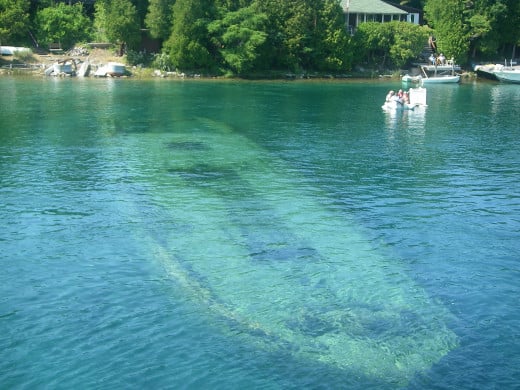
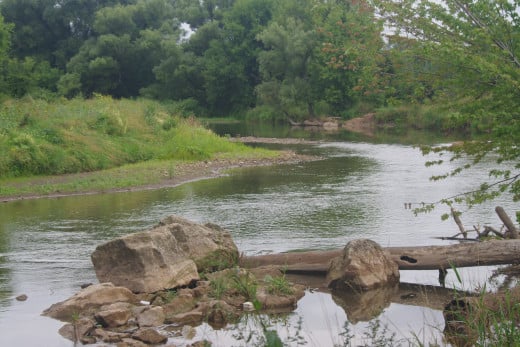
Rivers, lake and water bodies
Hiking with K2 enabled us to find out differences among muddy swamps, marshes and bogs teeming with wildlife and microbes.
In contrast, we noticed that rock pools formed by the waves crashing on the coastal impervious rocks of northern Georgian Bay were crystal clear. This indicated that the rocks are acidic in which no living organism survived. If the base is acidic and water is crystal clear, it is OK to drink it.
However, acidic water running under sedimentary rocks may cause sinkholes too. That is why I always recommend hiking in twos or more attached with ropes in terrain of sedimentary rocks, specially limestone, and in karst country.
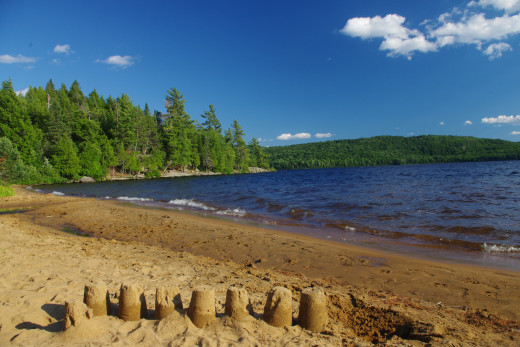
We ran into rivers and creeks and found that none would flow straight. Does nature love curves rather than straight lines? I bet it does. Research has found that no river will flow naturally straight for a distance more than ten times its width. If it does then there is a human intervention in it. The same, I believe, applies to the coastlines.
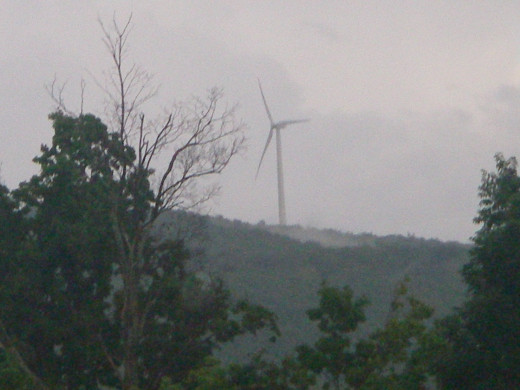
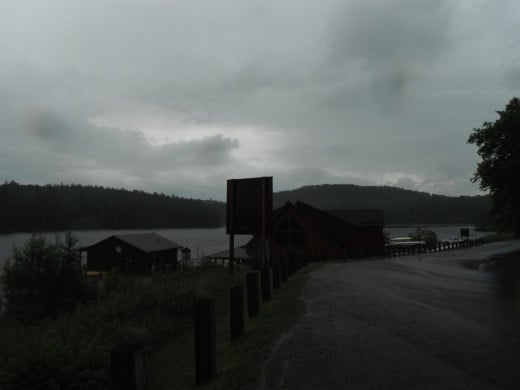
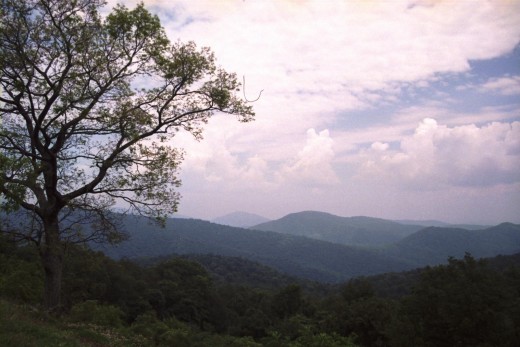
Summer vagaries of nature
But Mother Nature knows how to teach you a lesson too lest you take everything for granted in summer season.
We took the trail towards the mountain at Pleasant Valley Wildlife Sanctuary in Berkshires, Massachusetts. The trail crossed a small stream and then opened up to an area covered with tall grass, a bog on the other side, and the hill further beyond. We crossed the bog over a bridge and headed for the top of the mountain. Since we were taking our time in observing trees and wild flowers and identifying them, this short distance was covered in about 3 hours. From that point onward, K2 continually took time out from his sniffing, raised his head, and took deep breaths as if taking in the new air. He visibly looked concerned, but we ignored. Little did we know that he had smelled something that we had not.
Halfway to the hilltop, we noticed the thunder and lightning approaching the top of the ridge. It was one of those thunderstorms that can hit Algonquin without warning. That scared the living daylights out of us. So we decided to descend in a hurry.
We had taken almost 4 hours to reach that point. However, the return was completed in 30 minutes. We could feel the thundering clouds and lightning following us. The thunderstorm caught us by the time we were back in our vehicles. It rained cats and dogs, nay bulls and elephants. Within 5 minutes it was all over. We could actually see the tail of the thunderstorm as it moved away. It felt like a living and a very agitated ghost.
